Nearly every plant known to mankind has been used historically in some sort of spiritual or magical way, and the Fig is no exception. The Fig's most popular historical debut is in the book of Genesis. In the Garden of Eden when Adam and Eve supposedly committed the very first sin of humanity and subsequently realized and became ashamed of their nakedness, it was the Fig's leaves they used to cover up. So naturally the act of hiding or covering up one's secrets that may be embarrassing or distasteful has become one of the Fig's prominent characteristics, as seen in many paintings and sculptures that make use of the Fig leaf to cover sexual organs. Figs have a long and colorful history, and understandably so sense they were one of the first plants to be cultivated by humans. Evidence of the use of Figs as food has been found to date as far back as 9400 BC, with evidence being found in an early Neolithic village in the Jordan Valley. Their singularity use of a food source didn't last long however, as they were discovered and declared to possess medicinal benefits in 1551 BC. They quickly began to be recognized as having other worldly attributes as well, and are known to have been eaten by the Spartan athletes to improve their stamina. In the Ancient Aztec world the inner white bark of the fig tree was made into a paper known as Amatl and used to record important information. During the Colonial Era the use of Amatl paper was banned because of its use in religious ceremonies. The tradition however has survived in parts of Mexico where Brujas use Amatl to make paper dolls and use them much like poppets.
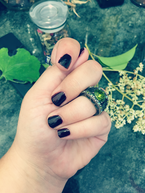 Interestingly Ancient Rome has a very different interpretation and use of the same hand sign. Known as Mano Fico, or the holding of thumbs, was used in the Lemuria ritual to ward of evil spirits of the dead. The gesture is still used when performing banishing or protection rites as it is used to ward of negativity or the evil eye. ( I use this symbol in my banishing rituals) There are many current spells that make use of the fig. There is a spell that uses a dried fig fruit (ideally one from a Ficus Pumila, or creeping fig vine) and an egg as symbols of fertillity. You crack a raw egg into a bowl and place the dried fig into the empty shell. The shell is representative of the womb and the fig is the body of the baby you are petitioning for. You add fertility herbs to the raw egg and mix with your finger while saying prayers, incantations, or intentions. You then bury your 'womb and baby' into the earth and pour the egg and herb mixture over it, again making a petition for conception. The traditional use of container spells are staples in the practice of Hoodoo. In container spells the container is one of representation of the object the spell is about. If one wishes to perform a spell in regards to a womb, the use of a ripe fig fruit can be used. Another fertility or sexual spell can always benefit in using a historical tradition of carving a phallus from a dried fig fruit or from the wood of the tree or vine. Also, a powerful paper poppet or petition paper can be made from the bark of the plant. Here is a great article on making paper from plant material: PaperMaking 101 I have a plethora of Ficus Pumila growing on and around my house and have been using the dried fruit and leaves to make a Fertility Herbal Blend to be used as incense, in spells, added to sachets, or fed to fertility poppets. I am currently cooking up plans to use the milky sap from the fruits in a fertility oil.
0 Comments
Leave a Reply. |
Mama BeeA solitary and experienced Hedge Witch currently residing in Southern Virginia. Do you feel like you have an interesting addition for the MamaBee blog?
Submit an article! Categories
All
Archives
October 2019
|

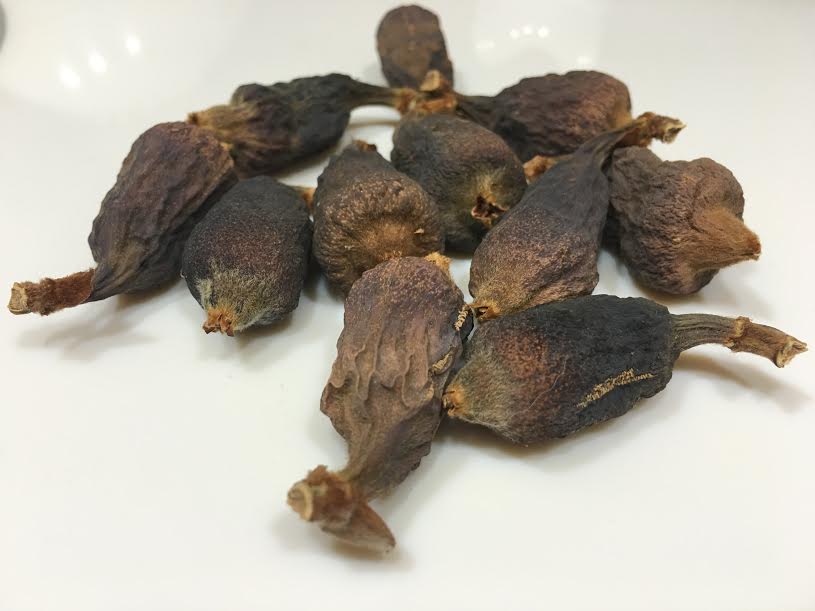
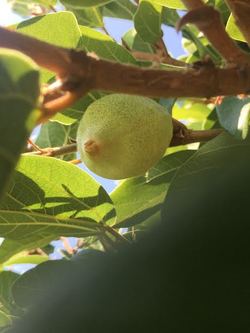

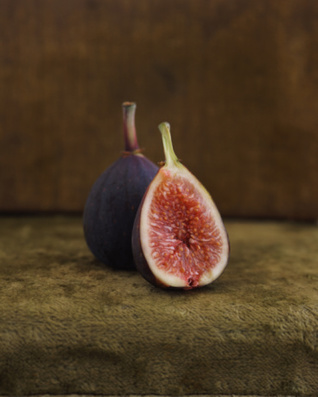

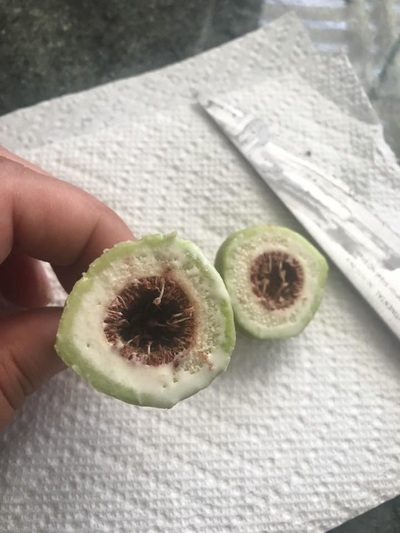
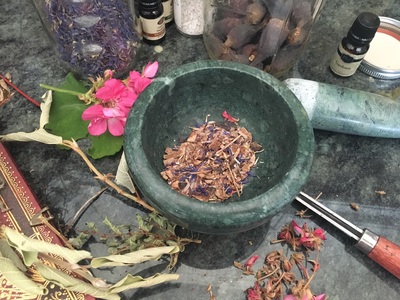
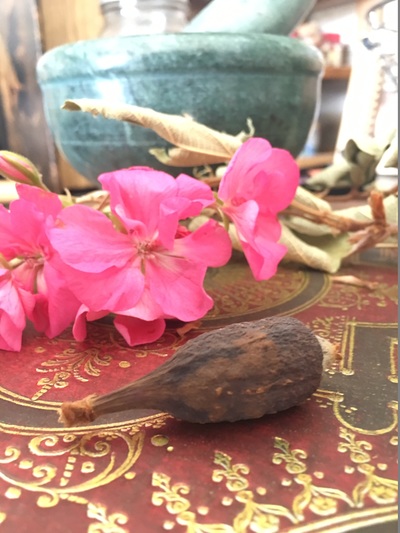
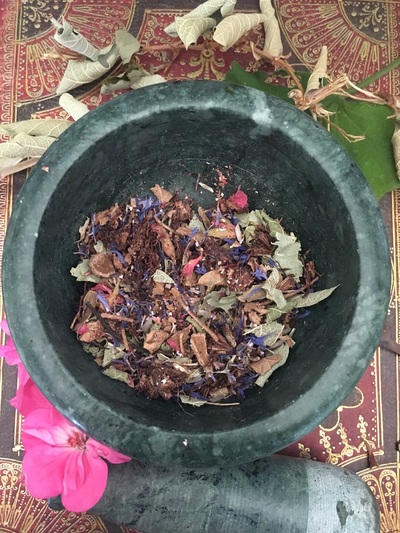
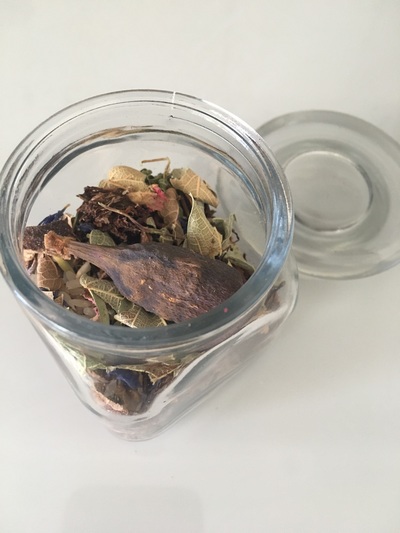
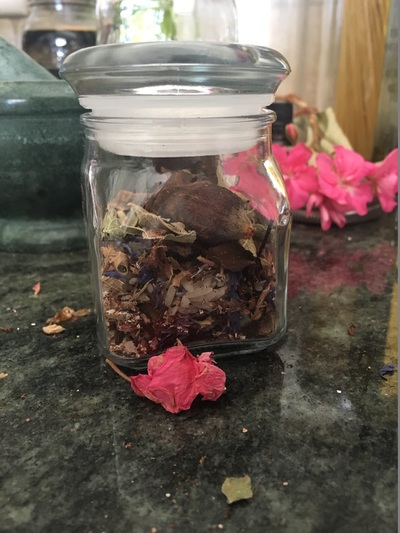

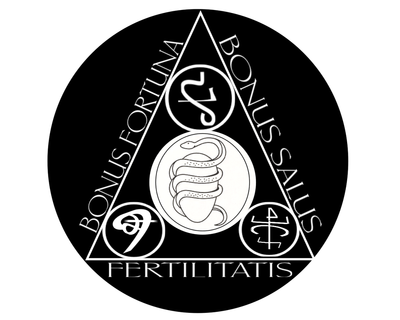


 RSS Feed
RSS Feed
